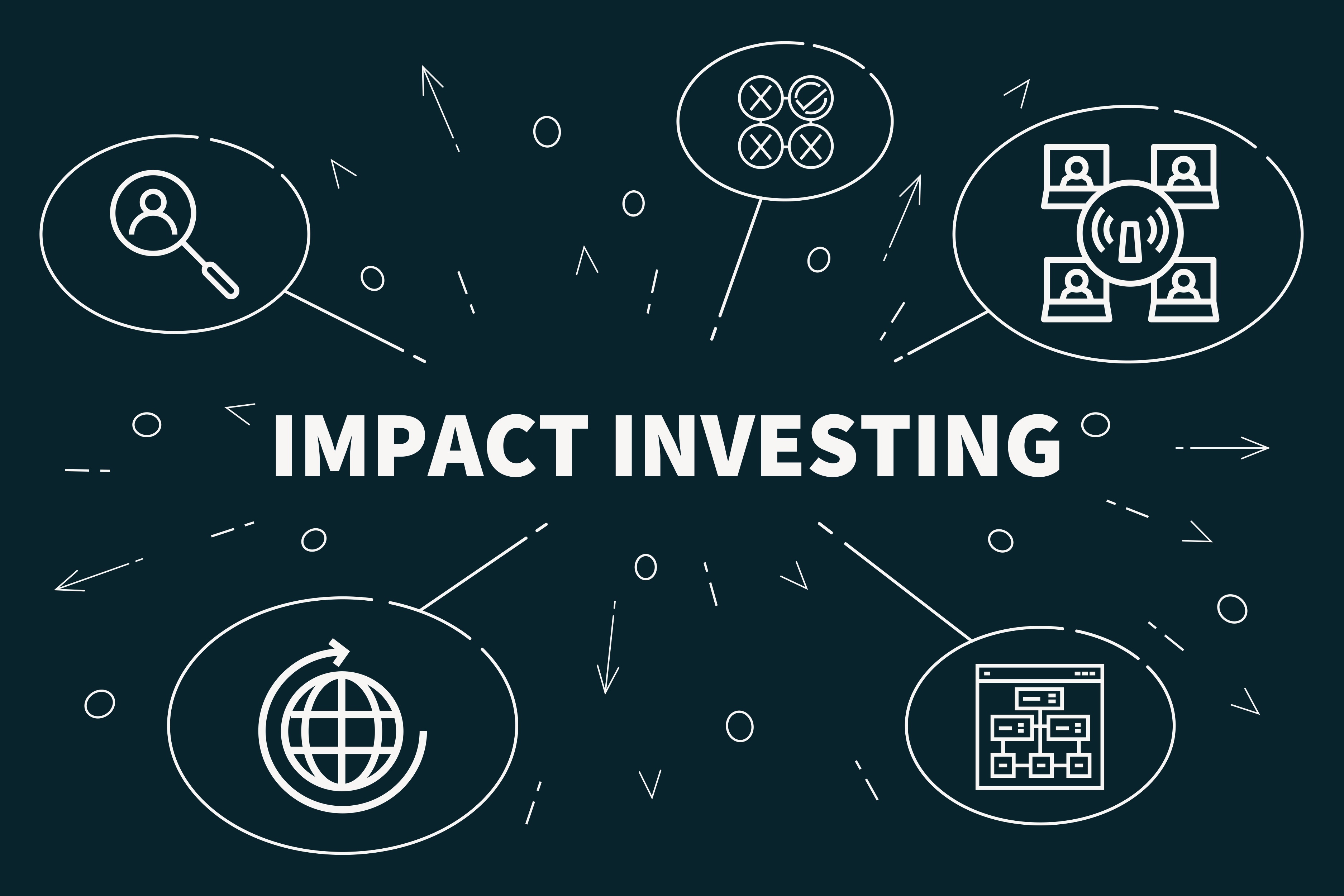
In the common imaginary the terms finance and philanthropy are not easily approachable, yet in the last decade there has been a clash of ideas between a way of doing business aimed solely at profit, costs that costs and damage to the environment, to health, of global well-being and a new entrepreneurial vision, such that investing in a company means investing in a project with a positive impact and in which part of the profit is destined for a cause, a concrete program that benefits the world or part of it .
Today, the theme of impact investing is a very topical issue, and dates back to 2008, when it was first introduced by JP Morgan and Rockefeller Foundation to refer to a series of investments that had a philanthropic and humanitarian objective, with a clear impact on the social and environmental community, as well as in terms of remuneration for investors.
The trend is becoming increasingly significant at a global level, counting just under 31 thousand billion dollars of overall sustainable investments in the main global markets, thanks also to institutions such as the Global Impact Investing Network , an international network that welcomes investors and managers of funds that adopt impact strategies for a total amount of 228 million euros.
Within the impact investing landscape , Italy ranks third in the ranking with the “Integrated System of Social Housing Funds” (SIF) program, with a capitalization of around 3 billion euros, promoted by the Social Housing Foundation (“FHS”) and today managed by Cassa Depositi e Prestiti Investimenti SGR.
In general, the growth of the number of Social Impact Funds at a global level and, gradually, in Italy, is widening the interest towards a wide range of sectors, in addition to those privileged in the context of impact investing (energy / environmental sector, social housing and microfinance). This is possible thanks to operators who, with a Social Venture Capital approach, are increasingly oriented to investing in SMEs and start-ups that operate in the sectors of personal services, health and wellness, education and the circular economy, and so on.
As for many years we see the proliferation of investments, funds and initiatives with a social impact, at the same time trying to solve a criticality at the base of this noble but complex mechanism: how to measure the impacts generated and who has the ownership to dictate the guidelines for measurement?
There is still no safe answer to these questions, since the variables to be considered in an estimate of this type often escape a quantitative formalization, but over time various measurement methods have been implemented, each of which presents points of strength and criticality.
From this it derives, of course, that every organization can choose the method that it deems most suitable for its own sector of intervention and its own procedures, and it follows an extreme fragmentation of standards and indicators used but, albeit far from defining an effective methodology, these attempts represent an effort to harmonize and develop standardized systems, with the ultimate aim of improving the effectiveness of this investment strategy in the service of sustainable development.
The BizPlace Team

